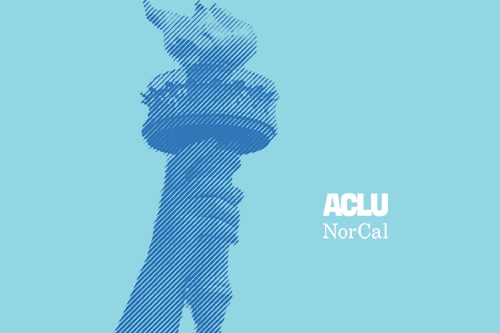ACLU Sues Government for Information About "Stingray" Cell Phone Tracking
Page Media

Today, the ACLU of Northern California filed a Freedom of Information Act lawsuit against the Department of Justice to find out more about the federal government's use of a sophisticated surveillance tool used to track people's cell phones and commonly known as a "stingray."
Stingrays are highly intrusive and indiscriminate. To locate a suspect's cell phone, Stingrays mimic a cell tower and obtain information from all wireless devices on the same network in a given area. They send signals into the homes, bags or pockets of the suspect and third parties alike. This type of surveillance tool can also capture the content of communications, not merely the location of a wireless device.
United States v. Rigmaiden is the only case we know of in which the government has admitted to having used a stingray. The government applied to the court for authorization to locate Daniel David Rigmaiden, accused of tax fraud, but troublingly failed to tell the federal magistrate that it intended to use a stingray to conduct the search. We argued in an amicus brief that if the government wants to use sophisticated new surveillance tools, it needs to provide the courts with basic information about what the technology is and how it works so that courts can decide whether the use is appropriate.
In March of this year, we obtained through a separate FOIA lawsuit a Justice Department document showing that federal investigators were routinely using the device but hiding that fact from federal magistrate judges when asking for permission to locate suspects. The document thus confirmed our concerns that the government's troubling conduct in the Rigmaiden investigation was not isolated.
Unfortunately, the district court denied Rigmaiden's motion to suppress evidence found as a result of the stingray search. But at the hearing on the motion, the government stated two interesting things. It said that "use of these devices is a very common practice" and that there were many parts of the country in which the FBI successfully obtains authorization to use this device through a so-called "trap and trace order," that is, not through a warrant based on probable cause.
It's entirely unclear whether the government, when using Stingrays, seeks warrants based on probable cause, seeks statutory orders based on a lesser showing or doesn't seek any court authorization at all. And in those instances where the government does seek some form of court authorization, it's also unclear how forthcoming the government is with the courts about the technology it proposes to use. Court orders authorizing surveillance are typically issued under seal, so it is extremely difficult to gain a picture of the government's surveillance practices until years later, when the issue eventually arises in criminal cases on motions to suppress. Obtaining the Department of Justice's policies governing use of this device is therefore the best way to get a comprehensive picture of the government's use of this invasive surveillance tool. We hope our lawsuit will provide some answers to the many questions involving stingrays.
Linda Lye is a staff attorney with the ACLU of Northern California.
